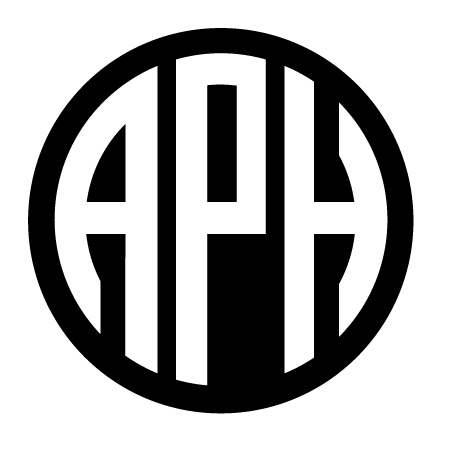APH Press Release
Louisville’s Museum of the American Printing House for the Blind has opportunity to add rare book to its collection. 1829 tome outlines fundamentals of braille – the foundation of literacy for those who are blind
Louisville, KY (December, 2015) Procédé pour écrire les paroles, la musique et le plain-chant au moyen de point, or Method for Writing Words, Music, and Plainsong in Dots, was published by Louis Braille in 1829. It was the first explanation of the system created by the twenty year old student, who had been blind since age 4. This new code made it possible for blind people to not only read but to write. Today, the code is used the world over. There are six known copies of the book anywhere in the world. There is one other copy in the United States, but it is in a storage collection. The APH museum will have the book on public display for all to see.
While the book is elegant to see, what it stands for is of utmost importance: Braille was the first truly comprehensive – and simple—system for tactile reading and writing. The idea for raised dots originally came from a French soldier, Charles Barbier, who had invented a code for the military based on raised dots that could be read in the dark. Louis Braille, took the idea, organized and simplified it, and published his system in 1829 for the first time.
“The book is in incredible condition. Its beautiful blue marbled paper cover is bright,” said Mike Hudson, Museum Director. “The thirty-seven embossed pages are clean and intact. The pages are fascinating, illustrating the experimental nature of early embossing for blind readers, the wooden blocks used to set up the page clearly outlined where they were pressed onto wet paper.”
“But,” Hudson continued, “the true wonder of the book is found in the elegance of the code, Louis Braile’s original alphabet. It is the same code still found wherever the Roman alphabet is used and the same code used to emboss millions of pages at the Printing House every year and create countless millions more on refreshable braille displays.”
APH needs community support to bring this treasure to Louisville and share it with the world. Procédé will be shown in the museum alongside the first book ever embossed in raised letters, Valentin Haüy’s 1786 Essai sur l’Education des Aveugles. To donate, visit the Procede donation page or send a check APH Museum at this address: Development Department, 1839 Frankfort Ave, Louisville, KY 40206. Make sure you note “1829 Procede” so we know your gift supports this effort. Or, call 1-888-295-2405 and make a gift by phone. Questions about the book may be directed to Mike Hudson at 502-895-2405 or mhudson@aph.org.
About the Museum of the American Printing House for the Blind
The Museum, where visitors experience hands-on history, is open Monday through Saturday. It is located on the second floor of the American Printing House for the Blind, 1839 Frankfort Avenue,
Louisville, Kentucky. Admission is free. Regular hours are 8:30 am to 4:30 pm, Monday-Friday and 10:00 am to 3:00 pm on Saturday. Visitors can write in braille, see a copy of Valentin Hauy’s tactile book embossed in 1786 in Paris, France, see the Book of Psalms from Helen Keller’s Bible (manufactured at APH), play a computer game designed for blind students, and much more. For more information, please visit archive.aph.org/museum or call (502) 895-2405, ext.365.
About the American Printing House for the Blind
APH, a 501(c)(3) non-profit organization, is the world’s largest company devoted solely to researching, developing, and manufacturing products for people who are blind or visually impaired. Founded in 1858, it is the oldest organization of its kind in the United States. Under the 1879 federal Act to Promote the Education of the Blind, APH is the official supplier of educational materials for students who are visually impaired in the U.S. and outlying areas who are working at less than college level.
APH produces textbooks and magazines in braille, large print, recorded, and digital formats. APH also designs and manufactures hundreds of educational, recreational, and daily living products. For more information, visit archive.aph.org.


